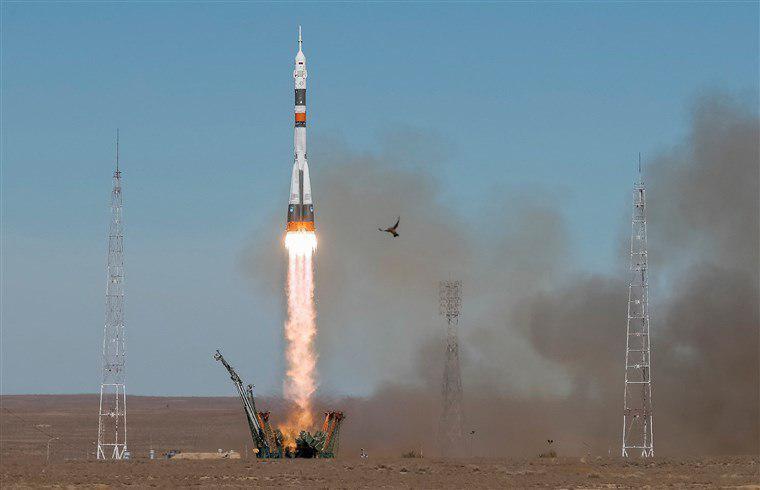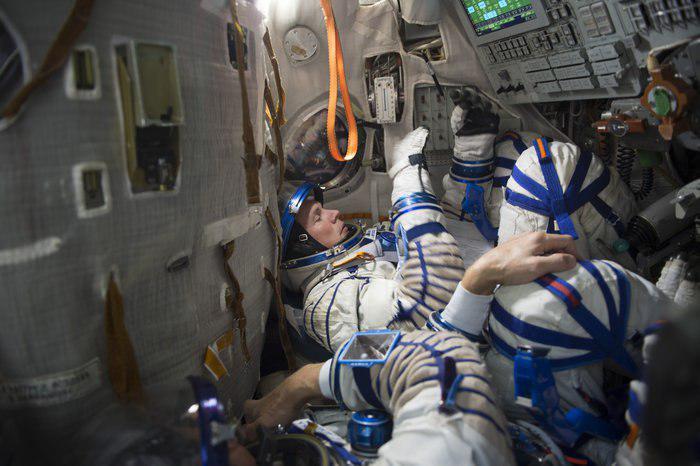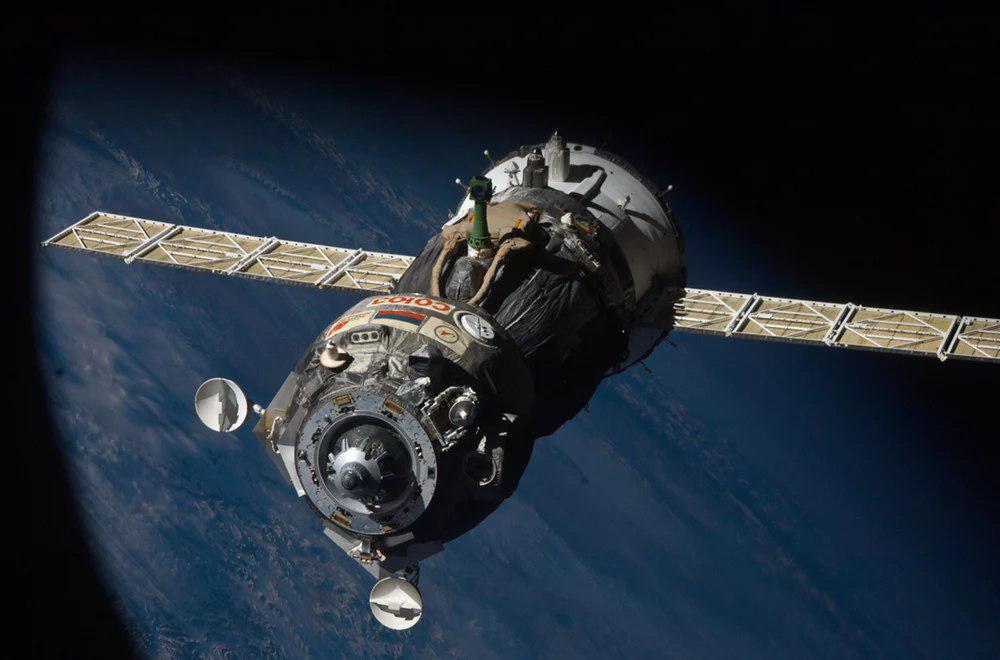MOSCOW, Oct. 11 (Xinhua) -- The launch of the Russian Soyuz MS-10 spacecraft with one Russian cosmonaut and one U.S. astronaut on board failed Thursday due to a carrier rocket malfunction, Russian news agencies reported. The crew members are alive but are experiencing an overload. The spacecraft is likely to make an emergency landing in Kazakhstan.
A Russian Soyuz FG rocket carrying a veteran cosmonaut and a NASA astronaut on his first space flight blasted off from the Baikonur Cosmodrome in Kazakhstan on Thursday for a trip to the International Space Station, but the booster suffered an apparent failure shortly after liftoff, forcing the crew to separate from the rocket and abort the climb to space.
NASA commentator Brandi Dean in NASA mission control at the Johnson Space Center in Houston reported the Soyuz MS-10 capsule had made an emergency landing after a "ballistic" descent, a normal but steeper-than-usual trajectory back to Earth. She said Russia's space agency had informed NASA that a rescue mission was in contact with the Soyuz crew on the ground and they were said to be in good condition.
Dean indicated that while the Soyuz crew would have been "subjected to higher G-forces" due to the ballistic descent, it is a "known mode of descent" that the crew would have been versed in.
A problem with the Soyuz MS-10/56S's booster was behind the aborted mission, Dean said from Johnson Space Center. The crew reported at one point, relayed through a Russian translator, they were weightless as the capsule flew free on its own.
Air-to-ground communications with the crew were cut off, either because NASA or the Russian space agency opted to keep the loop private or because of a malfunction during the rapid descent.


